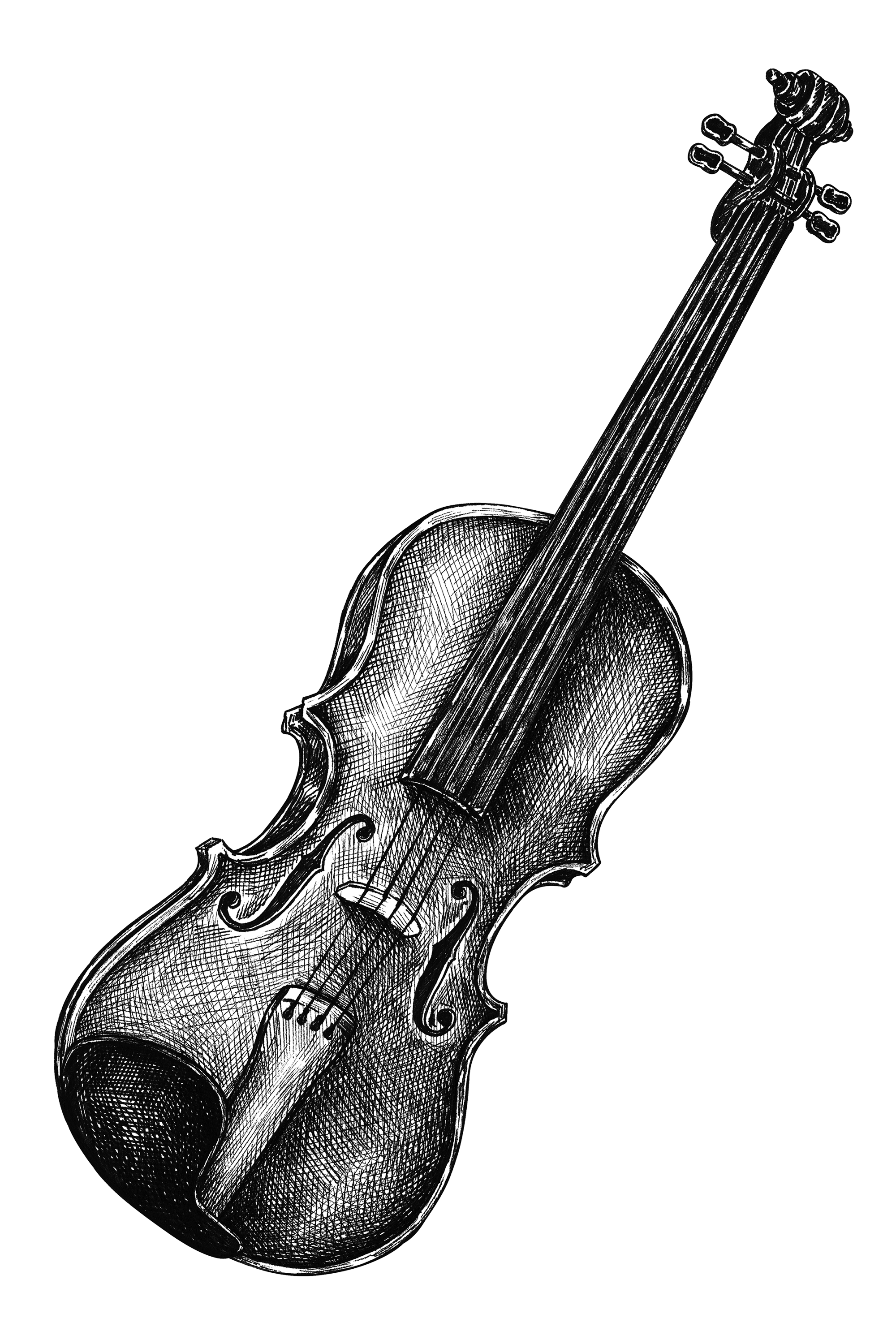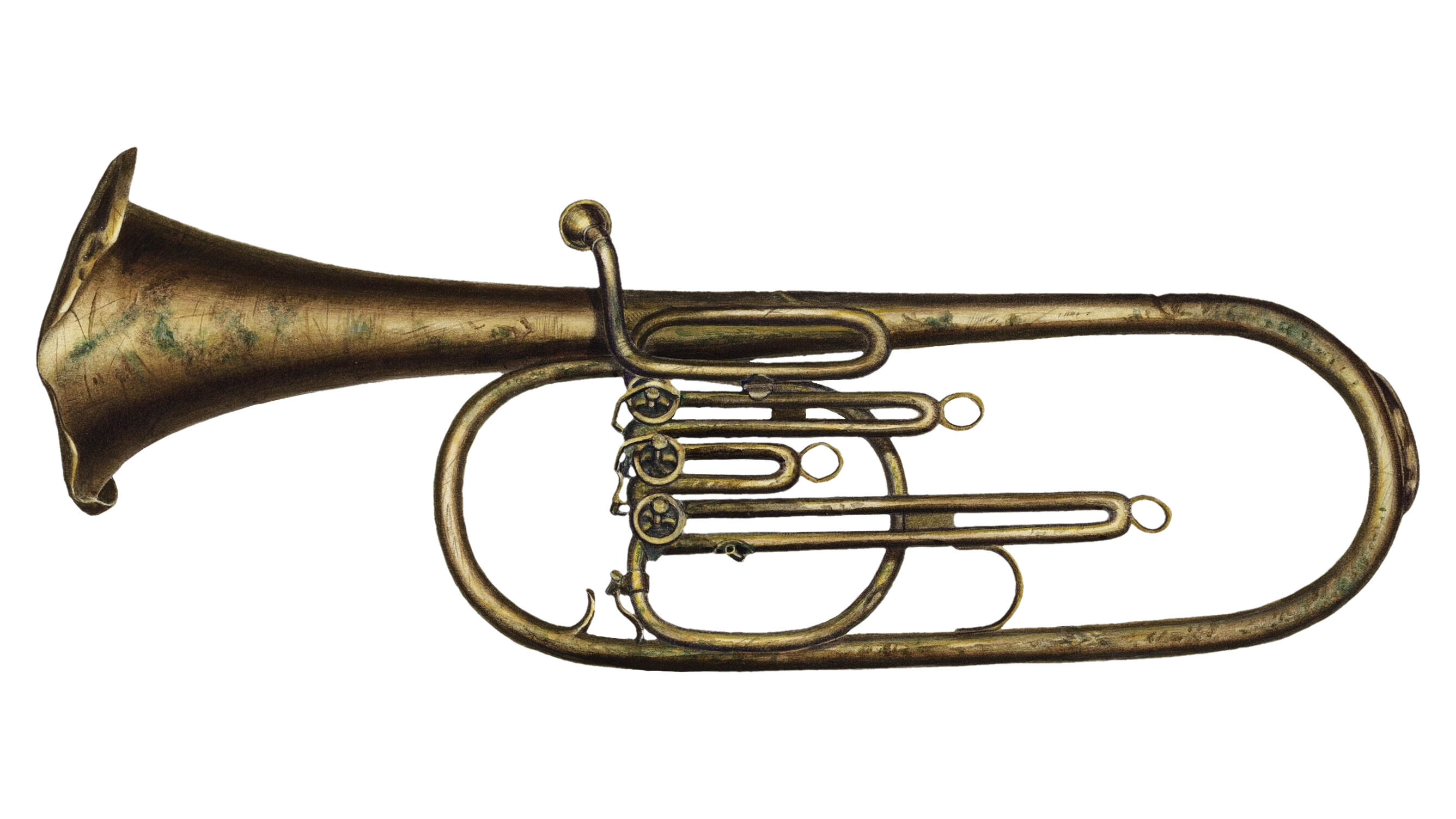What Every Musician Needs to Know About Music Theory
A solid foundation in music theory is essential to any musician’s skill set, and yet not all artists who make music stop to think about the structure that lies underneath their melodies and chord progressions.
page navigation
Use this list to go thru the foundational concepts of music theory
What actually is Music Theory?
What is music theory? It’s a question that students of music have been asking for centuries, and it’s not an easy one to answer. Music theory can be difficult to understand, especially if you’re just starting out on your music journey, but once you know what it is and why it’s important, you’ll be able to take your music career to the next level by understanding the fundamentals of music theory – as well as its more advanced concepts.
Why is it Important to Learn Music Theory?
You can’t create music without learning music theory. You can have a good ear, a steady hand, and years of practice, but in order to communicate your musical ideas with other musicians, you must know how to read and write musical notation. But what does it all mean? And why should you care about it? Here’s a brief overview of what music theory is, why every musician needs to learn it. Music theory makes up an integral part of every musician’s education; if you’re serious about making music, it’s something that needs to be understood on some level.
Chord Progressions
Basic Concepts
When you’re making music with chord progressions, it’s important to know a little bit about music theory. A chord progression is essentially a series of chords that fits together well.
There are some standards when it comes to chord progressions, but overall, there’s no right or wrong way of structuring one. The way you want your song to sound is more important than following any set rules.
Creating a Melody From Chords
While there’s no rule that says you have to start at step one (creating chords) and go from there, it can be a useful exercise for many musicians to break their music down into smaller parts before putting it all together. A great way to do that is by building your melody off of chord progressions—which is why it’s good for musicians of any skill level (or even non-musicians!) to understand what melodies are and how they work.
This principle involves taking a chord progression in whatever key we're working in, analyzing each note within each chord individually and then basing our melody off of those notes; that way we'll ensure we're creating solid harmony with each song's chorus or verses.
Melody
Melody Basics
A melody is a series of notes played one after another. Melodies are often separated into two categories: ascending and descending. Ascending melodies typically move from lower to higher pitches, while descending melodies move from higher to lower pitches.
While these terms may sound more like directions on a map than music theory, they’re important terms to understand if you want to learn how to compose your own melodies!
Add Melodic, Harmonic, Percussive and Rhythmic Elements
In music, melody refers to a series of tones that form a recognizable sequence. The modern concept of melody is based on four main criteria: pitch, rhythm, meter and timbre. Melody can be expressed through tonal or atonal music, whether vocal or instrumental.
In tonal music, there’s one primary melodic voice – melody proper – while in atonal music (which includes most 20th century compositions), there are no rules. Harmony is defined as the process by which an individual chord or harmonic structure sounds consonant with or pleasingly resolved to other chords and harmonies heard before it. Think of harmony as music-theory shorthand for describing chord progressions.
Harmony
What Is Musical Notation?
Musicians use a wide variety of notations to write down their music. Since there are many different types of instruments and ways to play them, it helps to have symbols that represent every nuance of sound.
There are also symbols for things that aren't sounds, such as dynamics—or changes in volume. If you're a budding musician, it's worth learning about how music notation works; it will help you read sheet music and expand your understanding of music as a whole.
Musical Intervals
How They Make Music Sound Pretty (And How You Can Use Them) : When you hear a song on your favorite radio station, you don’t think about the music in terms of individual notes. Instead, music is made up of melody and rhythm, which come together through a process called an interval. Interval is how notes relate to each other – it’s what makes harmony pleasing or jarring, and it’s why we have been making music for thousands of years.
In fact, music is such a fundamental part of human existence that babies start recognizing intervals while still in utero. Musical intervals make sounds more enjoyable to listen to – but what exactly are they? And how can musicians use them?
Rhythm
What is Musical Rhythm?
When listening to a song, do you find yourself bobbing your head or tapping your feet to keep time with it? Then, chances are that you’re actually practicing music theory even if you don’t realize it. Rhythm is an integral part of any song, whether it’s improvised or not.
It helps guide listeners through a musical piece and bring out key parts of a composition. And yet most music listeners have little idea how rhythm works—they just enjoy it!
Adding Bass Lines
Basslines can add a lot of excitement to your music. Considered part of Rhythm, They allow you as a musician to expand on chord progressions and make your riffs and songs more interesting. Learning how chord progressions relate to bass lines will help you craft better bass lines.
They make it easier for you or whoever is playing with you in your band to follow along, whether they’re on bass or another instrument, such as drums or guitar. This all depends on what style of music you are trying to play. In metal, for example, bass players rarely use anything but simple notes; metal music has a very heavy emphasis on rhythm instead of melody.
Notation
What Is Musical Notation?
Musicians use a wide variety of notations to write down their music. Since there are many different types of instruments and ways to play them, it helps to have symbols that represent every nuance of sound.
There are also symbols for things that aren't sounds, such as dynamics—or changes in volume. If you're a budding musician, it's worth learning about how music notation works; it will help you read sheet music and expand your understanding of music as a whole.
Musical Intervals
How They Make Music Sound Pretty (And How You Can Use Them) : When you hear a song on your favorite radio station, you don’t think about the music in terms of individual notes. Instead, music is made up of melody and rhythm, which come together through a process called an interval. Interval is how notes relate to each other – it’s what makes harmony pleasing or jarring, and it’s why we have been making music for thousands of years.
In fact, music is such a fundamental part of human existence that babies start recognizing intervals while still in utero. Musical intervals make sounds more enjoyable to listen to – but what exactly are they? And how can musicians use them?
Time Signature
What Are Time Signatures?
In music, a time signature indicates how many beats are in each measure and which note value gets one beat. It’s a relatively simple concept that boils down to two numbers: one on top of another.
It’s a relatively simple concept that boils down to two numbers: one on top of another. m number tells you what kind of note gets one beat (quarter notes, eighth notes or sixteenth notes).
The most common time signatures in Western music are 2/4, 3/4 and 4/4. But there are plenty more out there if you know where to look!
Key Signature
What Are Key Signatures?
There are 24 different key signatures in Western music, but some have only one sharp or flat, making them easier to learn. The key of C has no sharps or flats and is a good place to start. Look for other keys with easy-to-spot differences from C and memorize those first. Key signatures typically appear near—or directly under—the treble clef sign.
Be sure to look on both sides of that clef: There are major scales (Ionian mode) written above it and minor scales (Aeolian mode) below it.
Major scales go high-low-high; minor goes low-high-low (and has three notes that sound like they’re not part of a scale). What do you do if you see an F in front of a G? That’s called a raised fourth, meaning there is another note that can be added before moving on to the next octave (also known as going up an octave).
Major & Minor
Try finding all 12 possible triads within each major and minor scale. You will then know how to play every single chord within each key signature without having to shift around at all! Start by finding every triad within your own instrument’s key signature (the home base) using its diatonic chords.
In fact, music is such a fundamental part of human existence that babies start recognizing intervals while still in utero. Musical intervals make sounds more enjoyable to listen to – but what exactly are they? And how can musicians use them?
Scale
What is Musical Scale?
A musical scale is a specific order of notes. A major scale includes seven notes, while a minor has five. Scales are measured according to how many semitones they span above and below their tonic note.
The C major scale (which includes C, D, E, F, G, A and B) spans seven tones between C and C (one octave). Musical instruments produce different sounds depending on what combination of keys or buttons are pressed.
These combinations correspond to specific scales. For example, pressing C and E at once on a piano produces one note—the second note in the C major scale—while pressing C and F together creates another: The fourth chord in that same scale.
Conclusion
Practice makes perfect!
While there’s a lot of overlap between music theory and music composition, there are also some big differences. There’s no right or wrong way to approach these things—it depends on what you want to do.
For example, if you just want to improvise over chord progressions (as in jazz), it might not be necessary for you to understand chord inversions and how they relate to progressions; memorizing note names will be good enough (and much easier).
But if you plan on writing melodies that harmonize with your chords using traditional methods (in classical music), understanding how everything fits together will allow you greater flexibility.
Want more great audio tips? Checkout other articles from our blog!

